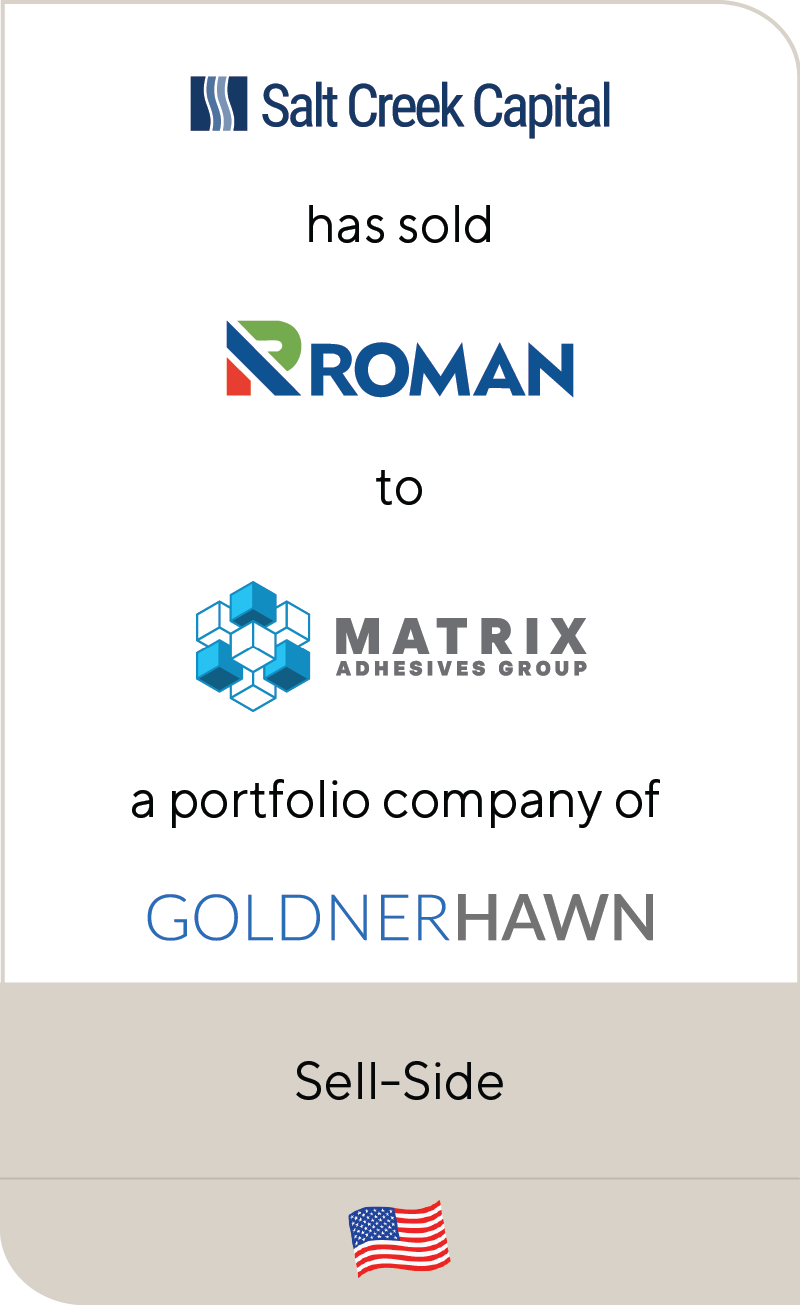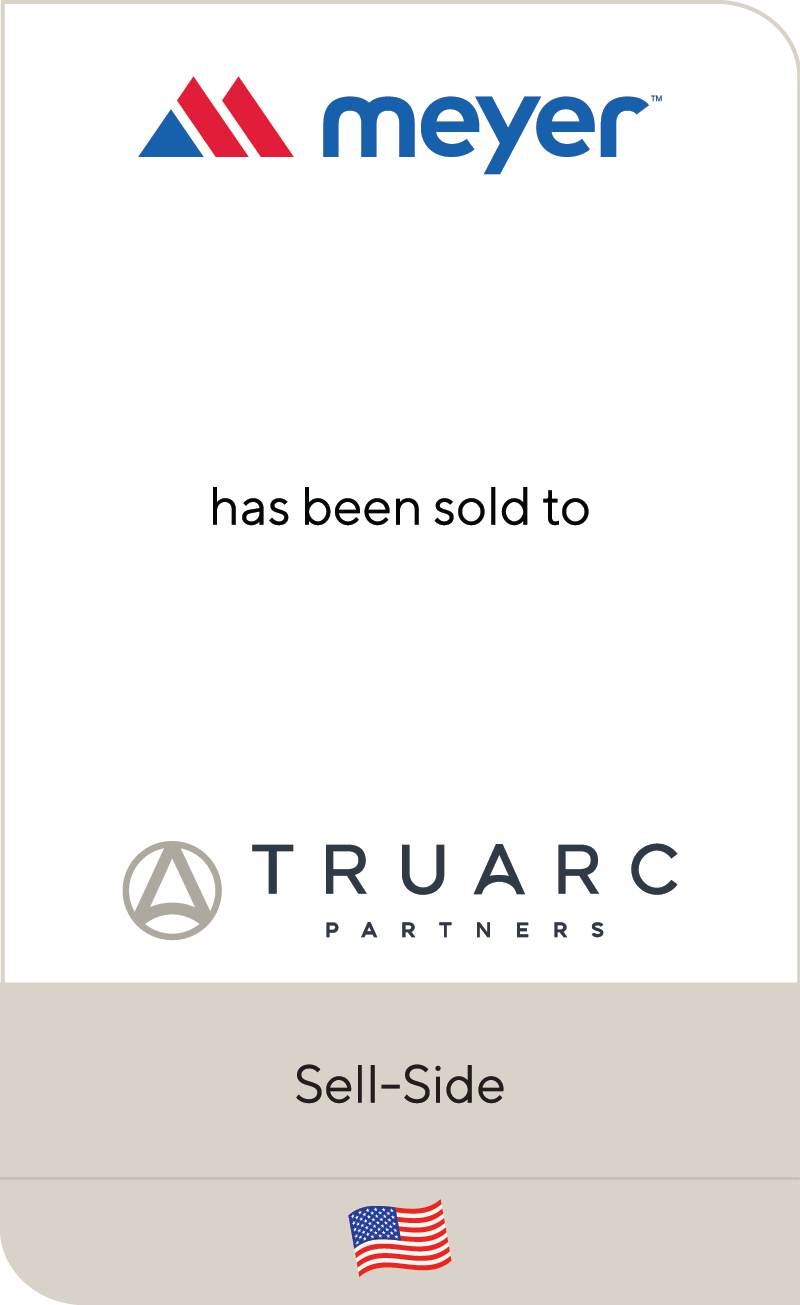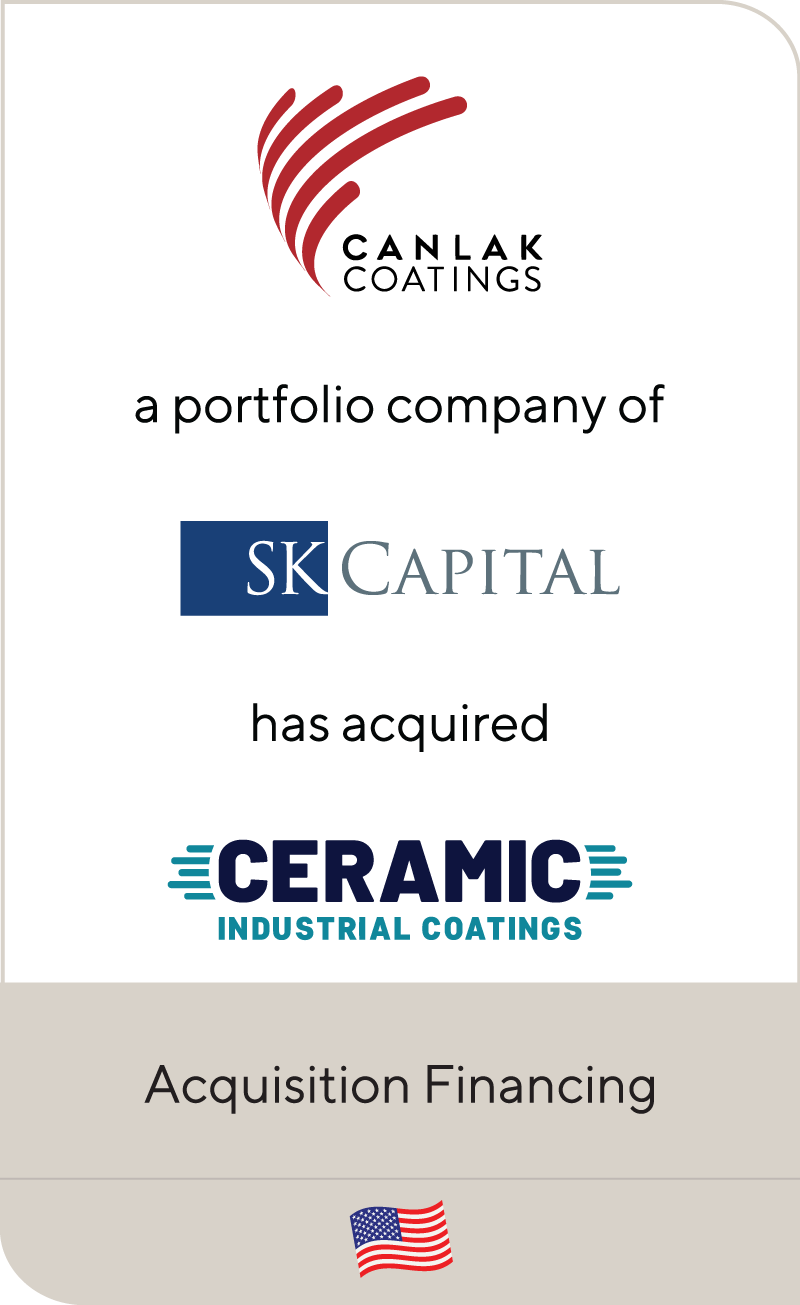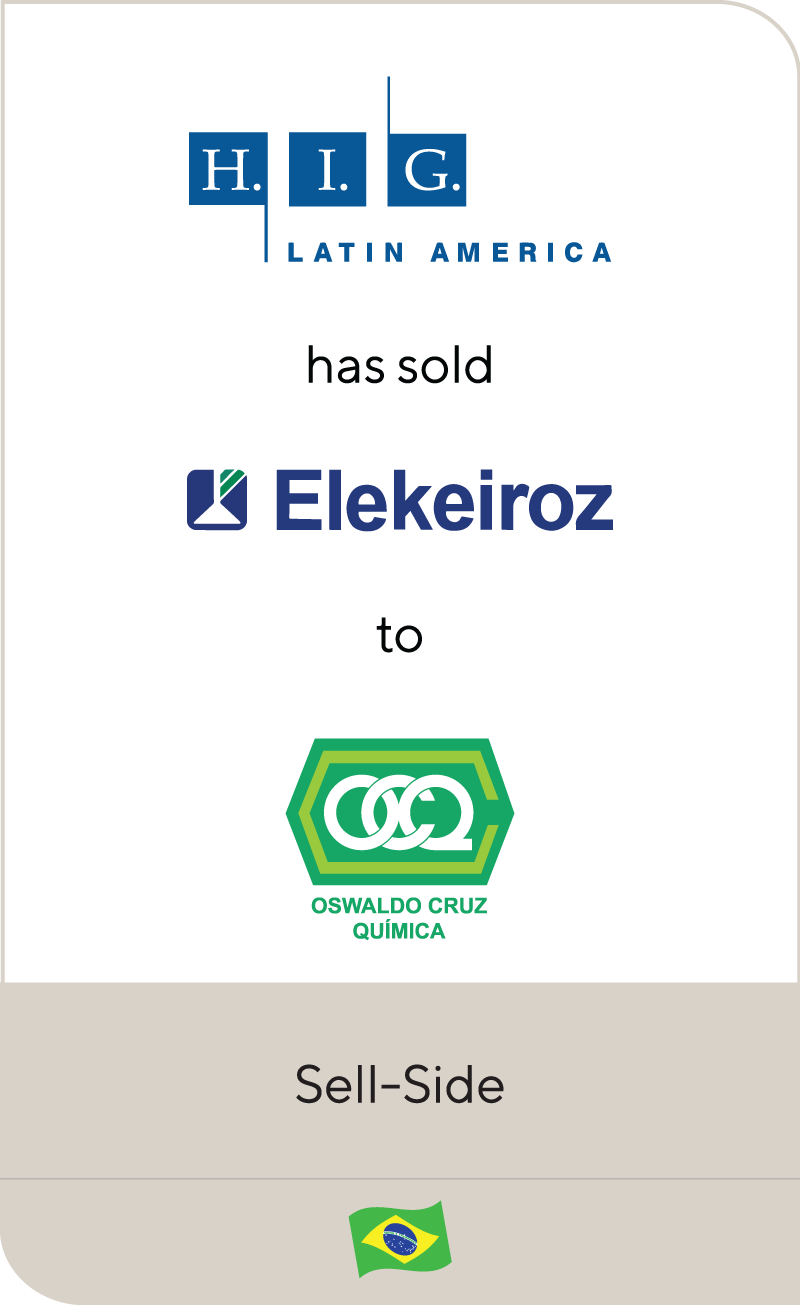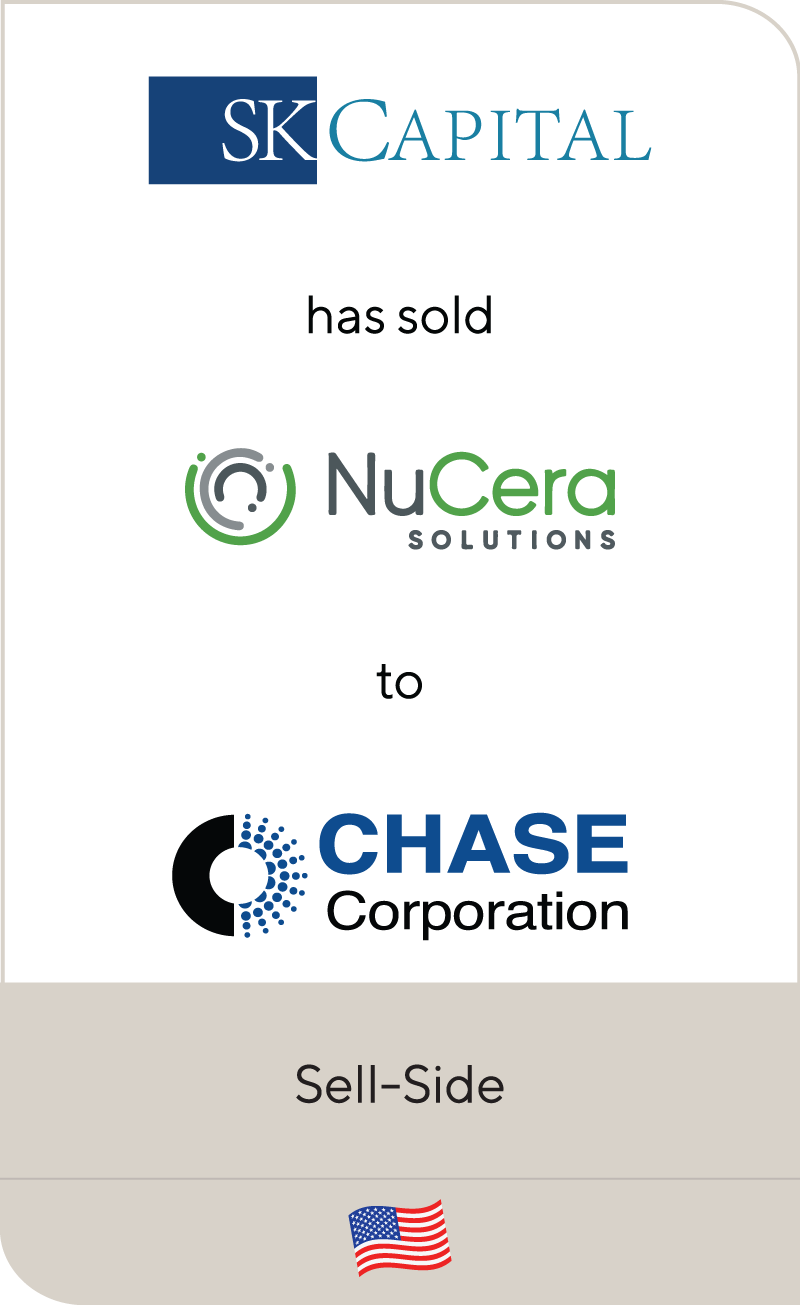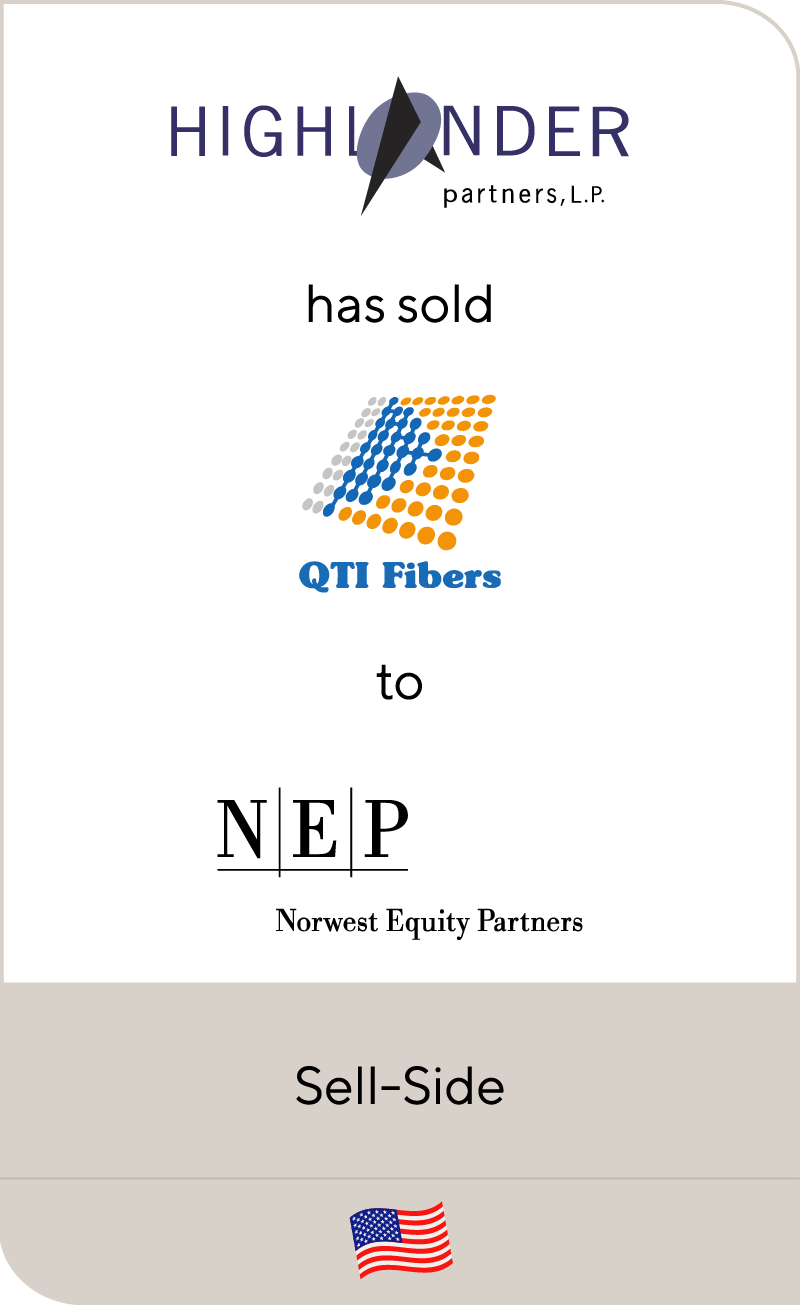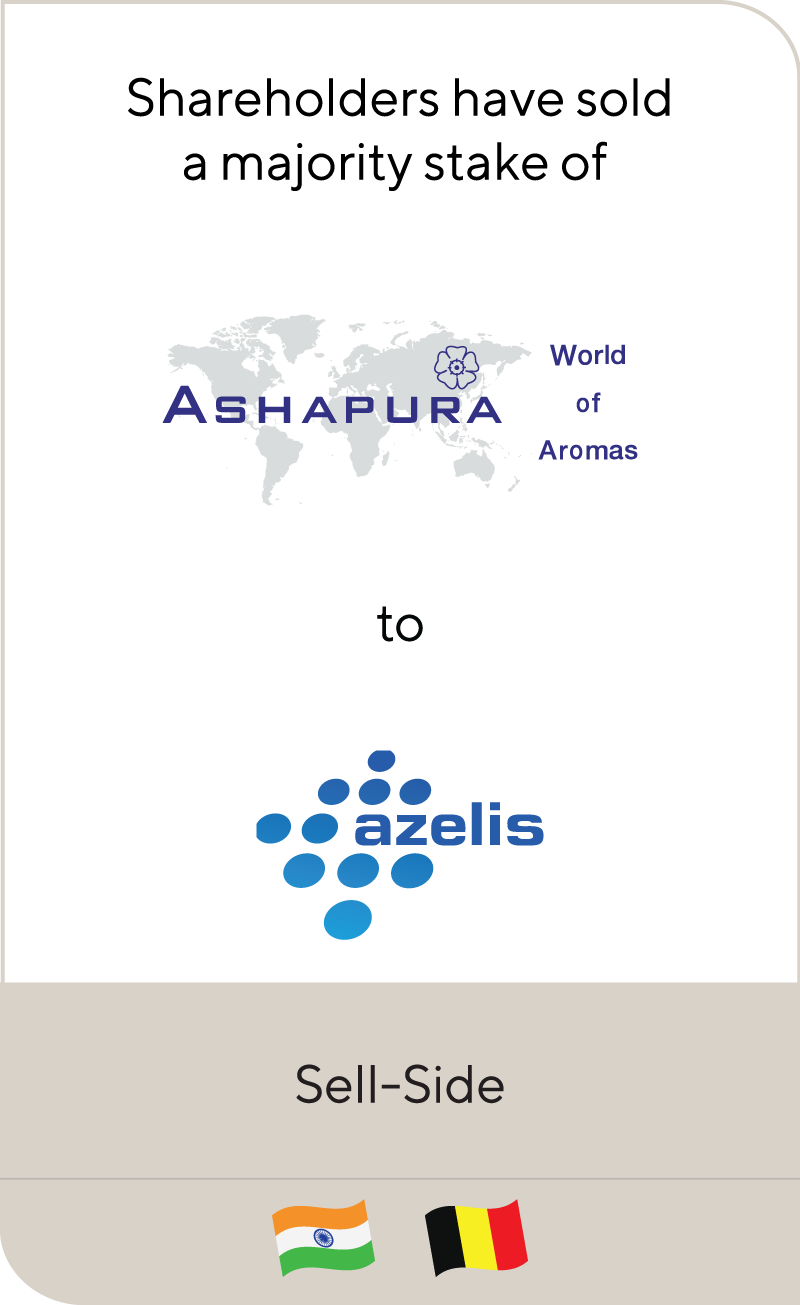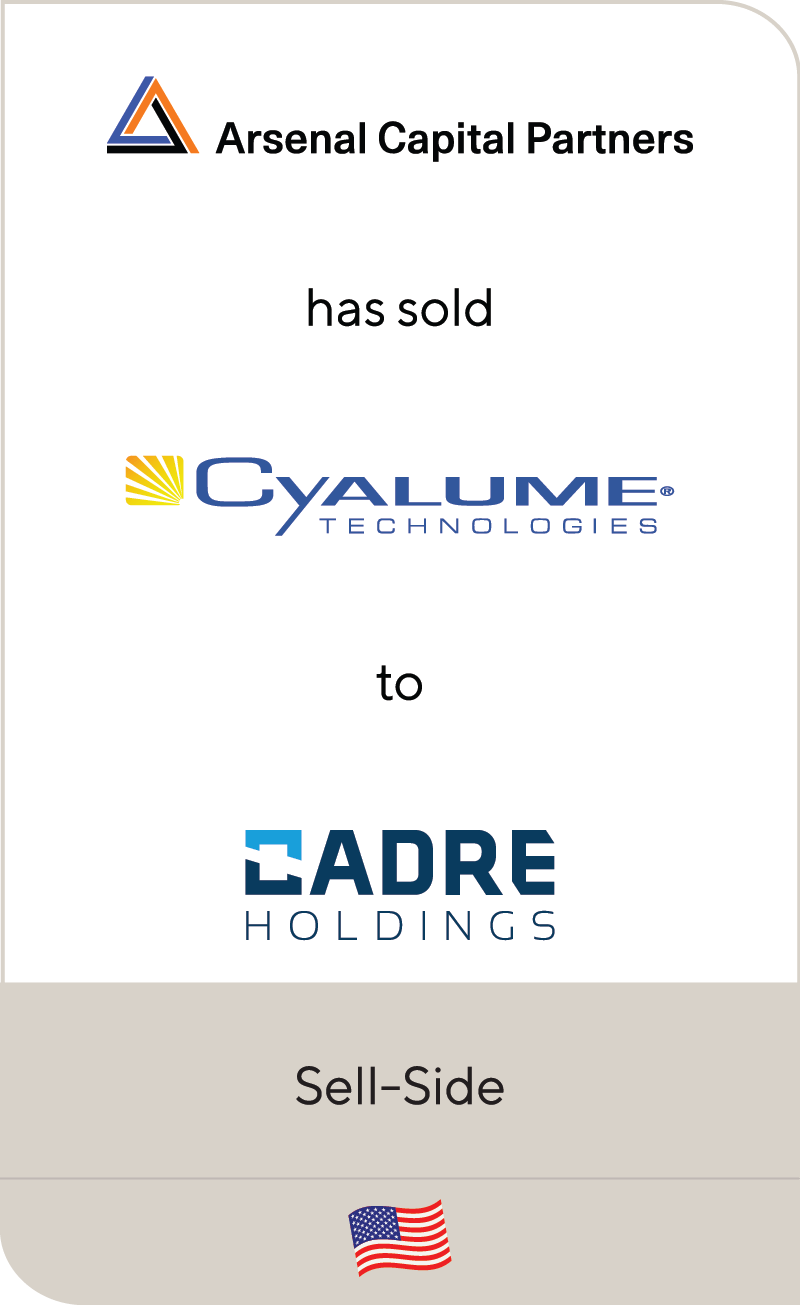Specialty Chemicals: The Story of the Specialty Transformation
| The specialty chemicals equity story is becoming increasingly important as the historical diversification benefit of more traditional commodity chemicals players – or even the diversified chemical conglomerates of yore – continues to be viewed with less favor by the investment community. The dividing line, of course, between commodity chemicals and specialty chemicals can be fairly opaque, as the reference to specialty chemicals is increasingly overused. Definition wise, the split between commodity chemicals and specialty chemicals is whether the application or use is broad (commodity) or specific (specialty). Volume of production is another indicator, though the most prominent one – which is by no means absolute – is the gross margin profile. |
The trend towards the “specialty transformation” can be seen across the chemicals industry, with recent examples including:
Summary
-
Lincoln International looks at the trend towards the "specialty transformation" across the chemicals industry.
- Click here to download a printable version of this perspective.
- Sign up to receive Lincoln's perspectives
![]()
Arkema is continuing to re-shape towards a specialty materials player focused on advanced materials, adhesive solutions and coating solutions. While it has been close to a 20-year journey, the acquisition of Ashland’s performance adhesives segment and the divestiture of their PMMA business recently helped take the revenue mix up to more than 90% on a pro-forma basis for their target three segments. Additional divestitures along the way included specialty amines, urea formaldehyde resins, aluminum chloride, polycarbonate sheets, vinyl products and the functional polyolefins business.
![]()
The company formerly known as PolyOne went so far as to change their name following the acquisition of Clariant’s color and additive masterbatch business to signal their specialty transformation. They have since followed up with the acquisition of DSM’s protective materials business, growing Avient’s composites platform by approximately 2.5x and further continuing the transformation to a specialty solutions company. Out went the performance products and solutions segments and, more recently, the distribution segment as Avient hones its focus. With these actions, Avient reinvented itself from a commodity-centric company with only 7% of sales generated from specialty products, to a well-diversified specialty formulator with 100% of sales from specialty products.
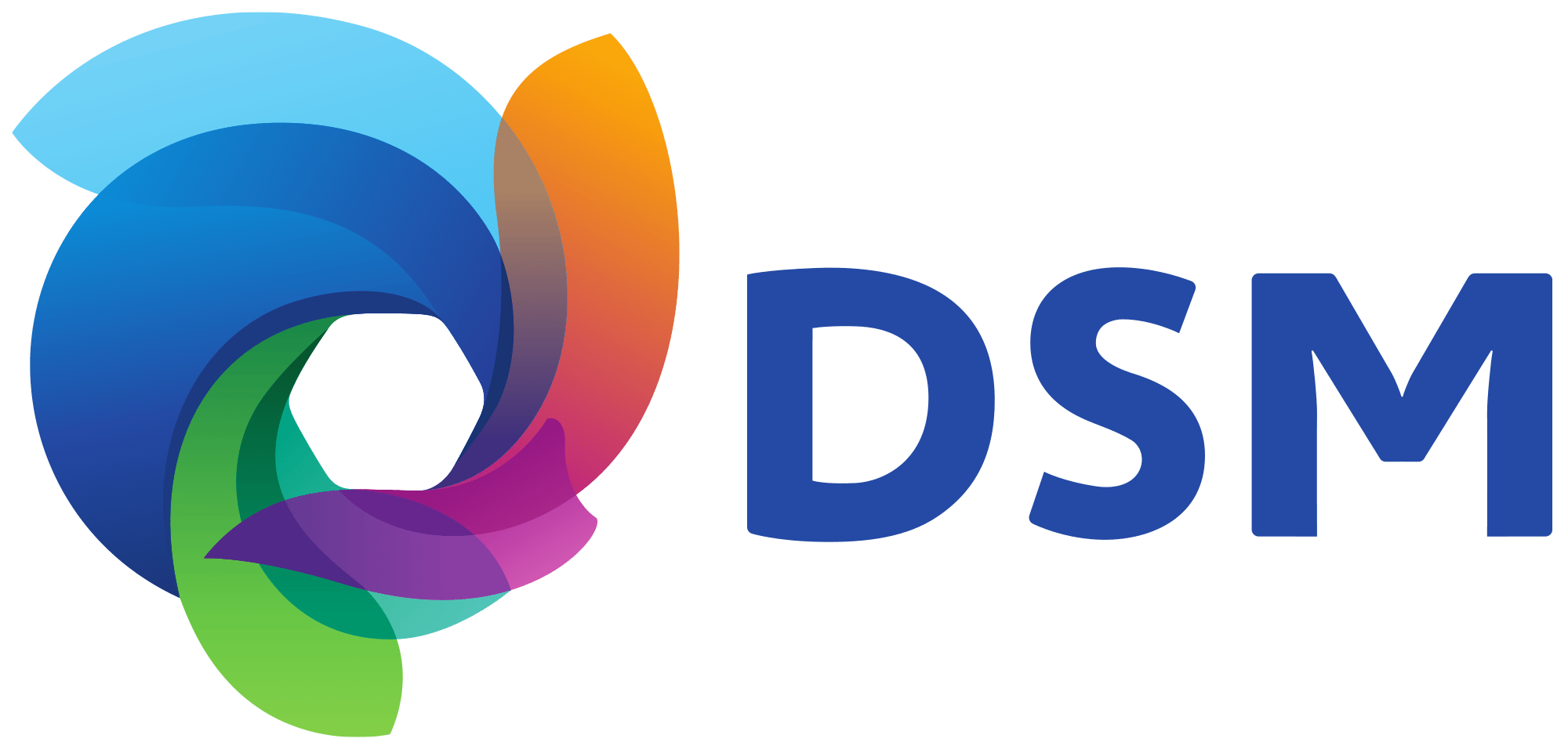
DSM carried out a multi-decade shift away from petrochemicals, base chemicals, plastic
products, polymer intermediates and composite resins and materials towards a food and beverage, health, nutrition and care and animal nutrition and health focused specialty player, punctuated by the DSM-Firmenich merger earlier this year. This transformation is further exemplified by DSM’s acquisition of Prodap, a technology company enabling sustainable animal husbandry and health, in June 2022. For a company originally founded to mine Dutch coal reserves, DSM’s current solutions portfolio would have been unrecognizable at DSM in the early 2000s.
![]()
Evonik’s mix of “specialty” businesses is up from 40% of their bottom-line mix a decade ago to more than 80% today. Evonik’s emphasis shifted to specialty additives, nutrition and care and smart materials, while having exited or in the process of exiting their superabsorber, functional solutions and performance intermediates lines. Earlier divestments included exiting the methacrylates business and hydrogen peroxide manufacturing assets. Reference acquisitions include specialty additives (from Air Products), personal care (InnoHealth), silica (from Huber) and catalysts (Porocel).
![]()
While less of an explicit “specialty” push, a distinct re-shaping of the portfolio in line with a push towards higher margins and greater differentiation is taking place. Gone are the chemical intermediates business and textile effects segment. Newcomers include spray foam technology (Icynene Lapolla), thermoset systems (CVC Thermoset Specialties) and additives and curing agents (Gabriel Performance Products).
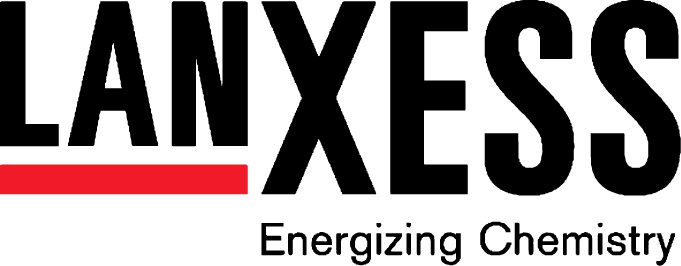
Lanxess shifted from the commodity zone through the intermediate zone into the specialty chemical zone via a series of acquisitions and divestitures over the last decade. Out went butadiene rubber, engineered plastics, chrome mining assets and reverse osmosis membranes. In came flame retardants and lubricant additives (Chemtura), phosphorous chemicals (from Solvay), aroma chemicals and preservatives (Emerald Kalama) and microbial solutions (from IFF).
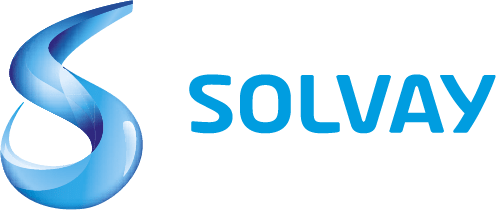
Solvay is looking to unlock value by separating into “EssentialCo” and “SpecialtyCo” to further delineate their segmentation and solicit a greater level of market appreciation (e.g., above their more recent historical trading levels of 6.0x – 7.0x EV / LTM EBITDA pre-COVID-19) for a portion of their offerings. “EssentialCo” will house the commodity businesses, such as soda ash and derivatives, peroxides and silica segments. “SpecialtyCo” will encompass the materials (e.g., specialty polymers, composites) and consumer and resources (specialty surfactants, aroma chemicals, mining reagents) segments. Targeting a Q3 or Q4 2023 spinoff date, Solvay is looking to replicate the accretive outcomes achieved by Bayer in its four-part split and Dow-DuPont in their merger / split arrangement.
| As can be seen from the above, each company leaning into a specialty narrative can have different goals and subsequent M&A implications. For DSM, exiting their performance materials division was part of their narrative, while Avient’s acquisition of said division was part of their specialty story. Even finer lines can be drawn in places as seen with AkzoNobel’s former specialty chemicals segment, Nouryon, shedding their base chemicals segment (Nobian) to further focus on performance formulations and technology solutions.
From the M&A lens, it is important in processes to help customize the story to highlight the ability to enhance the acquirer’s specialty focus and reception from the market. Conversely, there is opportunity for consolidation or value-oriented approaches in more classical commodity segments given the steady – and long-term continuing demand – for profitable investments. Guarding against the ever-present environmental, social and governance (ESG) concerns or ‘stroke-of-the-pen’ risk for certain commodity subsegments should still be kept front and center even if the price is eminently reasonable. Through a focus on new solution development and enhanced commercial focus, companies can shift towards the specialty end of the spectrum through investment and a unifying, strategic go-to-market approach. This presents opportunities for meaningful value-add for adept operators who are able to see the diamond in the proverbial coal mine. Further improving EBITDA margins can also serve as a signal shift for potential acquirers, which can be paired with a specialty based equity story. |
Contributor
Meet Professionals with Complementary Expertise

I am resolute in providing honest, insightful and pragmatic advice to clients.
Adam Hunia
Managing Director
Chicago







